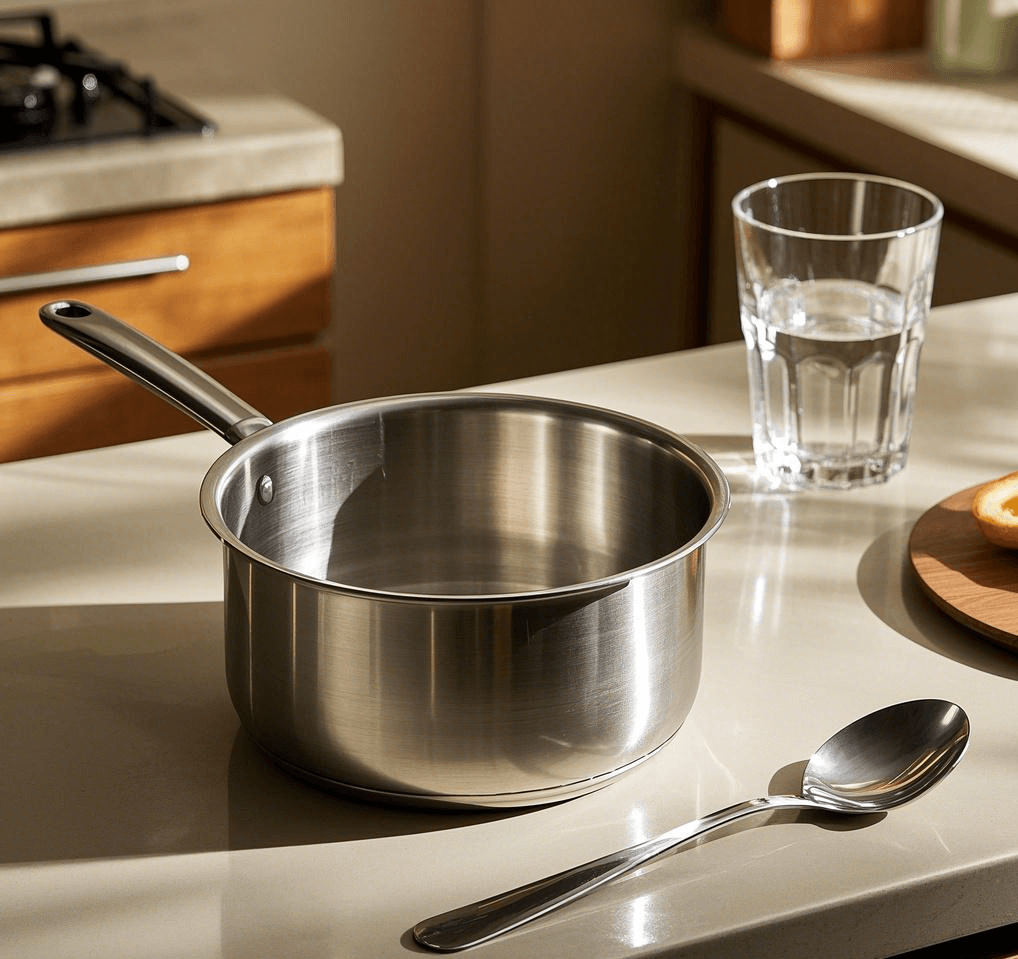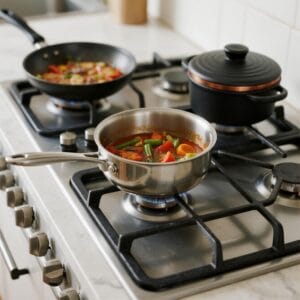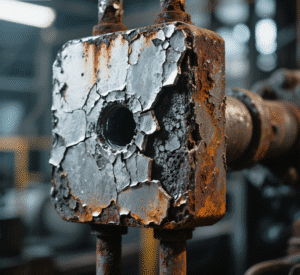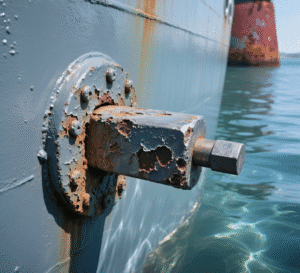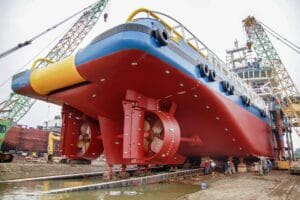When buying triply cookware, consumers often focus on performance and durability, but environmental considerations are increasingly vital. Known for its clad stainless steel construction and premium cookware materials, triply cookware from brands like those in the Cookware Circle can have varying ecological impacts. From production processes to longevity, how can buyers make greener choices? This article explores the key environmental factors to consider when purchasing triply cookware, helping you align your kitchen needs with sustainability goals.
Consumers should consider production methods, material sourcing, durability, and end-of-life options when purchasing triply cookware to minimize environmental impact.
Let’s examine how these elements shape the eco-friendliness of clad stainless steel cookware.
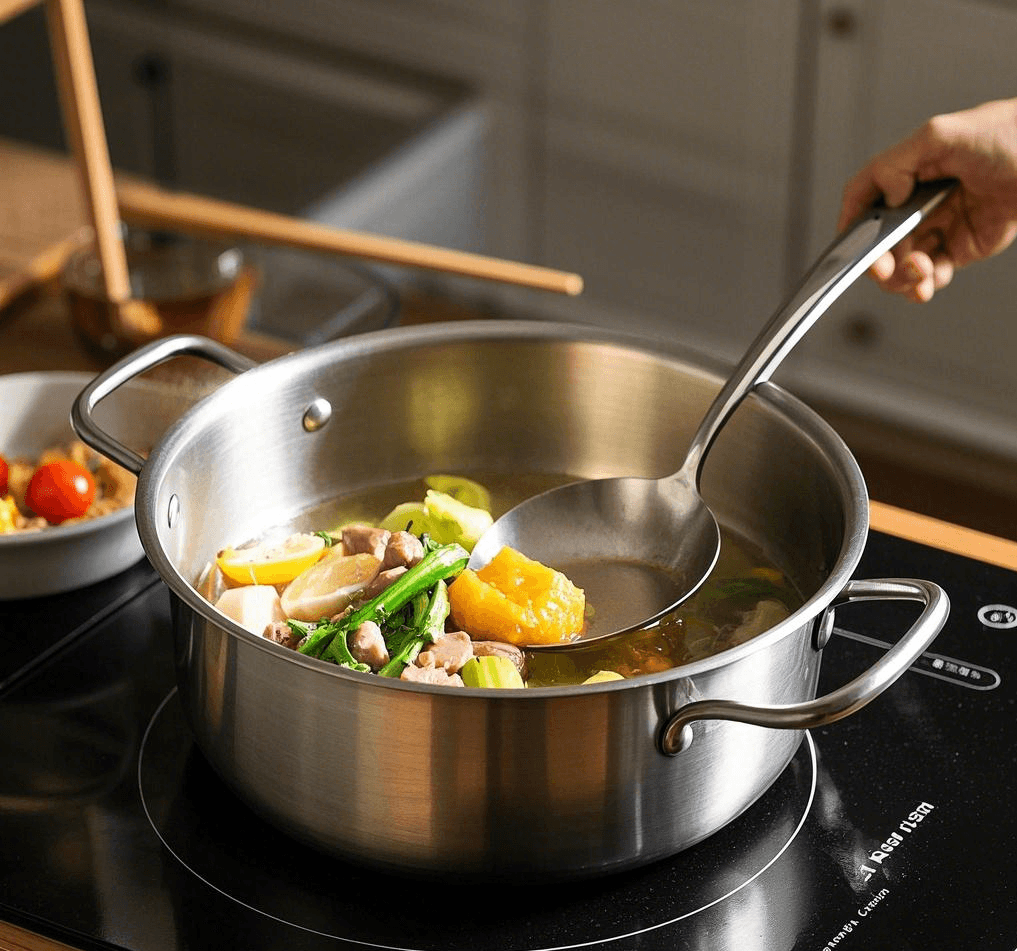
How Do Production Processes Affect the Environmental Footprint of Triply Cookware?
The way triply cookware is made significantly influences its environmental impact, particularly due to the energy-intensive nature of crafting cookware materials.
- Energy Use: Manufacturing clad stainless steel involves melting and bonding stainless steel with aluminum or copper cores, processes that consume substantial energy. Brands like Triply Circle Titanium emphasize efficient production to reduce carbon footprints.
- Emissions: High-energy methods can release greenhouse gases. Opting for Cookware Circle brands that use renewable energy or low-emission techniques helps mitigate this.
- Waste Management: Quality production minimizes scrap metal waste. According to the Environmental Protection Agency, efficient manufacturing reduces the ecological burden of cookware materials.
Choosing triply cookware with eco-friendly production processes lowers its environmental footprint.
Why Does Material Sourcing Matter for Triply Cookware’s Sustainability?
The cookware materials in triply cookware—stainless steel, aluminum, or copper—carry environmental implications based on how they’re sourced.
- Stainless Steel: Recycled stainless steel, a staple in clad stainless steel, reduces mining demands. Look for Cookware Circle brands that prioritize recycled inputs to lessen resource depletion.
- Aluminum and Copper: These core materials often require energy-intensive mining. Sustainable sourcing, as highlighted by Triply Circle Titanium, can involve recycled metals or responsibly mined supplies.
- Certifications: Products adhering to standards like those from the Responsible Minerals Initiative signal greener material choices.
Sustainable sourcing of cookware materials enhances the eco-credentials of triply cookware.
How Does Durability Impact the Environmental Value of Triply Cookware?
Durability is a cornerstone of triply cookware’s environmental appeal, directly affecting its lifecycle and waste contribution.
- Longevity: High-quality clad stainless steel from the Cookware Circle, such as Triply Circle sets, resists warping and corrosion, reducing replacement frequency. This durability cuts down on landfill waste.
- Repairability: Well-made triply cookware with robust cookware materials can often be repaired (e.g., handle reattachment), extending its life further.
- Lifecycle Impact: A study by the Ellen MacArthur Foundation notes that durable goods lower overall environmental impact by reducing consumption cycles.
Durable triply cookware minimizes waste, making it a sustainable choice in the Cookware Circle.
What Are the End-of-Life Options for Triply Cookware?
Considering what happens to triply cookware at the end of its life is crucial for eco-conscious consumers.
- Recyclability: Clad stainless steel is highly recyclable, with stainless steel and aluminum components easily processed at facilities. Brands like Triply Circle encourage recycling over disposal.
- Disposal Challenges: Poorly designed triply cookware with mixed materials can complicate recycling. Opt for sets with separable layers for easier processing.
- Upcycling Potential: Some consumers repurpose old cookware materials into garden tools or art, extending utility beyond the kitchen.
Triply cookware with recyclable cookware materials supports a circular economy, reducing environmental harm.
How Do Packaging and Transportation Affect Triply Cookware’s Eco-Impact?
Beyond the product itself, packaging and shipping play roles in the environmental footprint of triply cookware.
- Packaging Choices: Excessive plastic or non-recyclable packaging adds waste. Cookware Circle brands using minimal, recyclable materials—like cardboard—score higher on sustainability.
- Shipping Distance: Locally produced triply cookware cuts transportation emissions. For instance, sourcing from regional Triply Circle suppliers reduces carbon costs compared to overseas shipping.
- Eco-Initiatives: Companies like Green Living advocate for low-impact logistics, a trend some clad stainless steel makers adopt.
Eco-friendly packaging and local sourcing enhance the sustainability of triply cookware purchases.
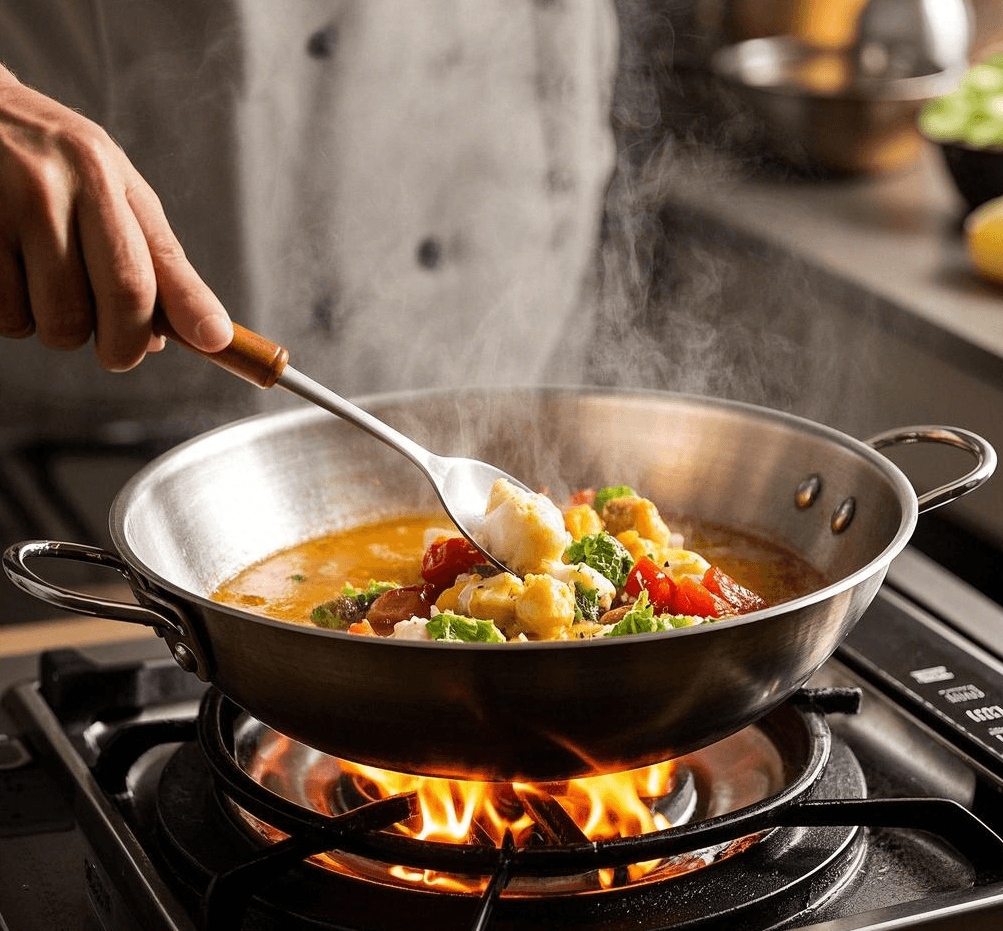
Claim: Environmental Considerations Guide Greener Triply Cookware Choices
When buying triply cookware, evaluating production, material sourcing, durability, end-of-life options, and logistics ensures a lower environmental impact. These factors collectively determine how eco-friendly your clad stainless steel selection is within the Cookware Circle.
Conclusion: Choosing Triply Cookware with the Planet in Mind
In my view, environmental considerations are essential for making informed triply cookware purchases that align with sustainability. By focusing on eco-friendly production, durable cookware materials, and recyclable options, consumers can enjoy clad stainless steel benefits without compromising the planet. Brands like Triply Circle Titanium exemplify these principles, offering green choices as of March 11, 2025, for the conscientious cook.

